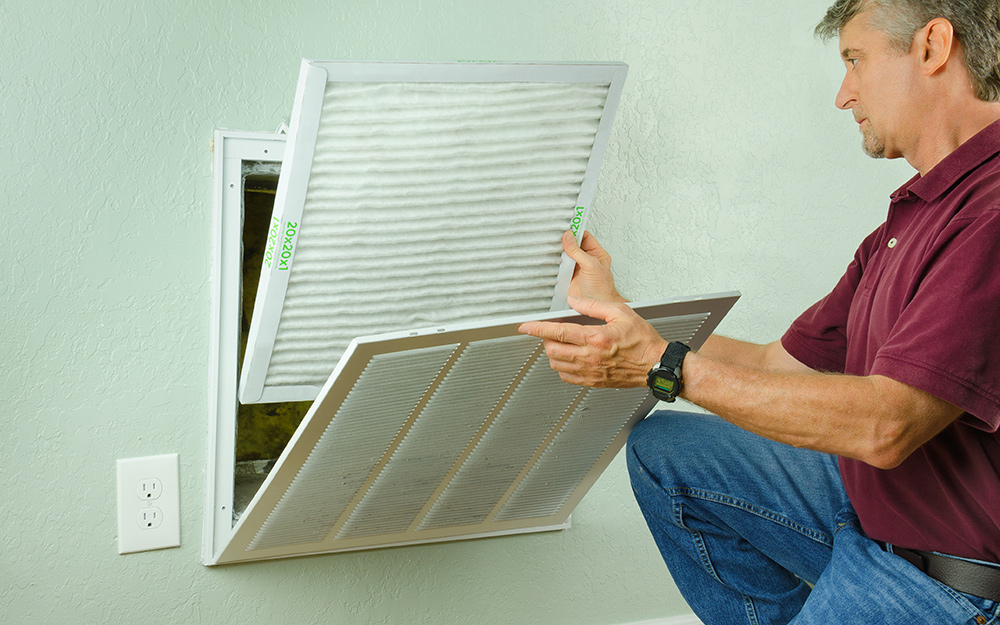There’s a common misconception that fiberglass filters are better for your HVAC system since they allow more airflow. While they do allow for it, advances in HVAC and filter technology have rendered the difference insignificant. Because of the large number of contaminants they allow to pass through, they may be more hazardous to your system than the pleated variety.
The reason fiberglass is frequently recommended is that many forget to change their filters. As a pleated filter accumulates pollutants, it might eventually reduce airflow to dangerously low levels. Fiberglass does not achieve this since it is miserably inadequate at capturing particles. As long as you change your filters on a regular basis, there is no advantage to using fiberglass.
Electrostatic Washable
Washable electrostatic filters are metal-frame filters that can be washed and reused rather than replaced. The price range for them is broad, with the most expensive ones reaching $90.
The lifespan of these filters is an advantage. While they will eventually wear out, they can be reused for many years before that. The drawback is that you must wash them on a regular basis and allow them to dry completely before reinserting them. This can eat into your busy schedule because they don’t dry instantaneously, and mold development can be a significant issue if your washable filter doesn’t completely dry.
Washable filters are also ineffective in collecting big particles. They struggle to draw larger particles that are more difficult to pull with a charge because static electricity is their only screening mechanism. As a result, washable filters tend to act in the opposite direction of fiberglass filters, allowing larger particles through while filtering out smaller ones.
What kind of filter should I get?
After you’ve determined whatever type of filter is best for you, you’ll need to determine which rating is best for you. Filters are scored on three different scales. The MERV scale, which stands for minimal efficiency reporting value, is utilized by both Second Nature and the National Air Filtration Association.
The MERV scale ranges from 1 to 16. Second Nature’s Essential, Essential+, and Health Shield filters have MERV ratings of 8, 11, and 13, respectively. Anything rated less than an 8 should probably not be in your home. Anything above a 13 is unnecessary, unless in extreme cases, which is why we provide the range we do.
FPR and MPR, which stand for Filter Performance Rating and Microparticle Performance Rating, are two other filter scales. The Home Depot devised the FPR scale for the brands it sells. The scale runs from 4 to 10, with a color designation for each range. MPR was created by 3M and has a range of 300 to 2800. The scale is based on the filter’s ability to catch particles with diameters less than 1 micron and is only found on 3M Filtrete filters.
We’ve included a conversion chart with MERV, FPR, and MPR so you know what you’re getting if you buy from somewhere who rates its filters using one of those less used systems.
Choosing the appropriate MERV rating for your home requires consideration of a number of personal considerations.
